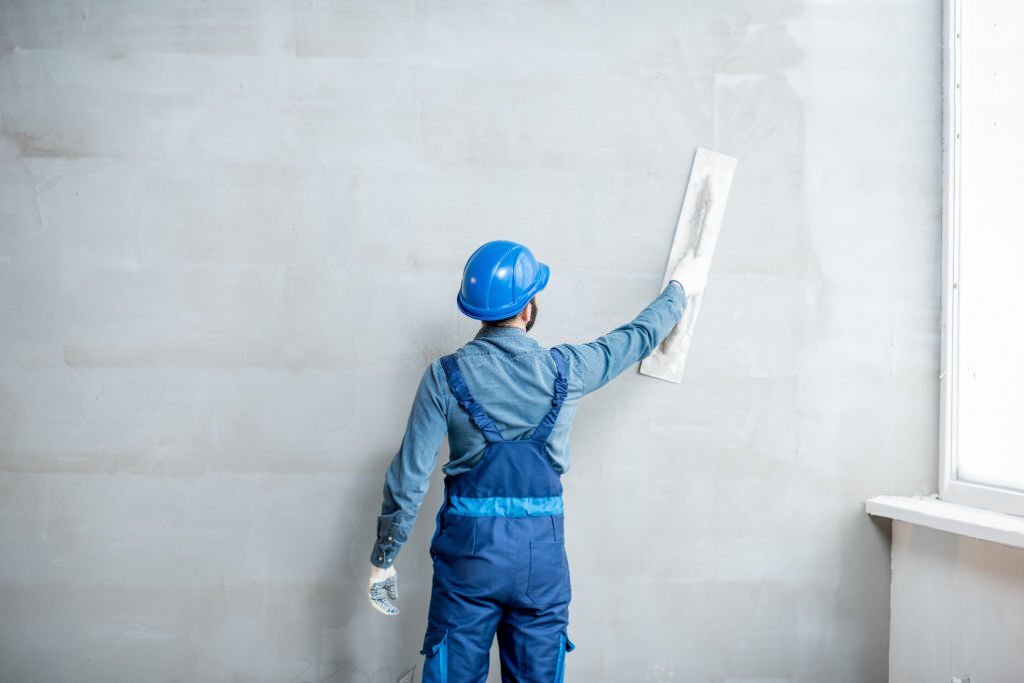Preparing walls for plastering is an important step in any construction or renovation project. Without proper preparation, the walls can be left uneven and weak. Whether you’re a professional contractor or a DIY homeowner, it’s essential to understand what the best way to prepare walls for plastering is. With this knowledge in hand, you’ll be well on your way to achieving perfect walls that are ready for plastering.

Choosing The Right Materials And Tools
When preparing walls for plastering, it’s important to choose the right materials and tools. You’ll need a good primer that is suitable for the wall surface, as well as plastering tools like trowels, scrapers, and sponges. Make sure you use a high-quality primer that is designed to create an even coat on the surface of the wall.
Additionally, be sure to cover any cracks or holes in the wall with plaster before you begin applying the primer. Once everything is ready, you can start priming and then begin plastering.
Be sure to give each coat of plaster enough time to dry before adding another layer. Doing this will ensure your walls are properly prepared and ready for painting or other finishes.
Understanding The Correct Techniques And Methods
It is important to understand the correct techniques and methods when preparing walls for plastering. Preparing the wall properly will help ensure that the plaster adheres correctly, resulting in a smooth finish. First, inspect the wall for any defects such as holes or unevenness. Any areas that need repair should be filled in with plaster or spackle before continuing. Then, clean the wall to remove any dust and dirt. Depending on the surface, you may need to sand it down if it has a glossy finish.
It is also essential to check for any moisture problems before starting. If there are damp patches, these must be treated with a suitable solution that prevents mold and mildew growth. After this is done, apply primer to ensure an even surface before applying the plaster. Following these steps will help you achieve a successful outcome when plastering your walls.
Identifying Common Plastering Issues
Before plastering a wall, it’s essential to identify any issues that could affect the end result. This includes inspecting the wall for cracks and divots that need to be filled in, as well as discoloration or other imperfections. Additionally, old paint should be removed from the surface of the wall before applying new plaster. To ensure the best results, walls should be cleaned with a mixture of detergent and water prior to plastering. Any dust or debris should also be removed using a vacuum cleaner. Furthermore, it is important to make sure all surfaces are dry before beginning the plastering process; this helps to ensure that the plaster adheres properly and doesn’t crack down the line. Once these steps are completed, you can start preparing your walls for plastering.
The key to successful plastering is preparation. It’s important to choose the right materials and tools, understand the correct techniques and methods, and identify common plastering issues. I’ve outlined these steps to help you prepare your walls for plastering. With practice and patience, you’ll develop a skill that will enable you to create beautiful, smooth walls. Once you get comfortable with the process, you’ll be able to confidently tackle any plastering project. So don’t be afraid to get started – the rewards are worth it!